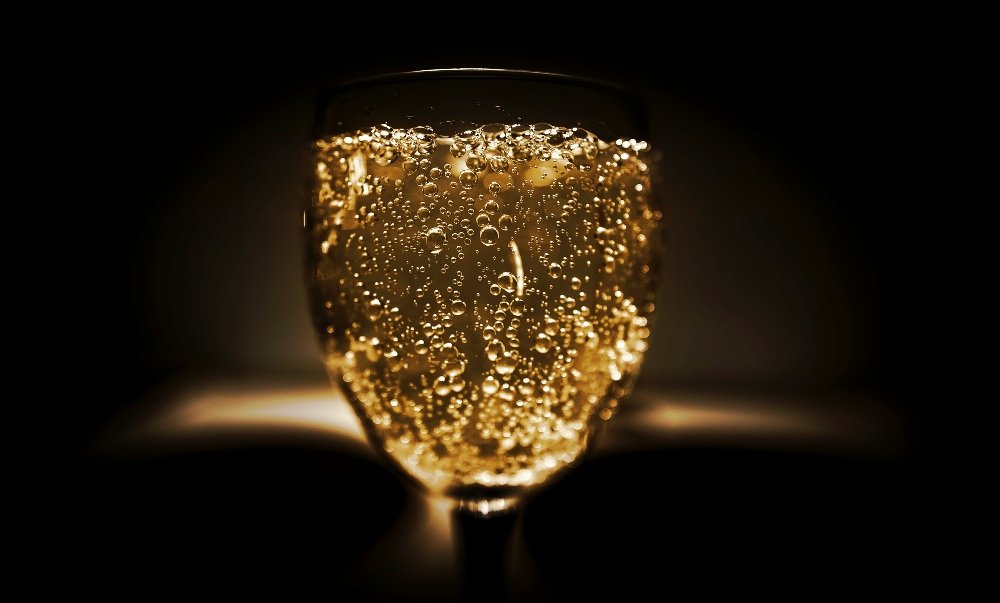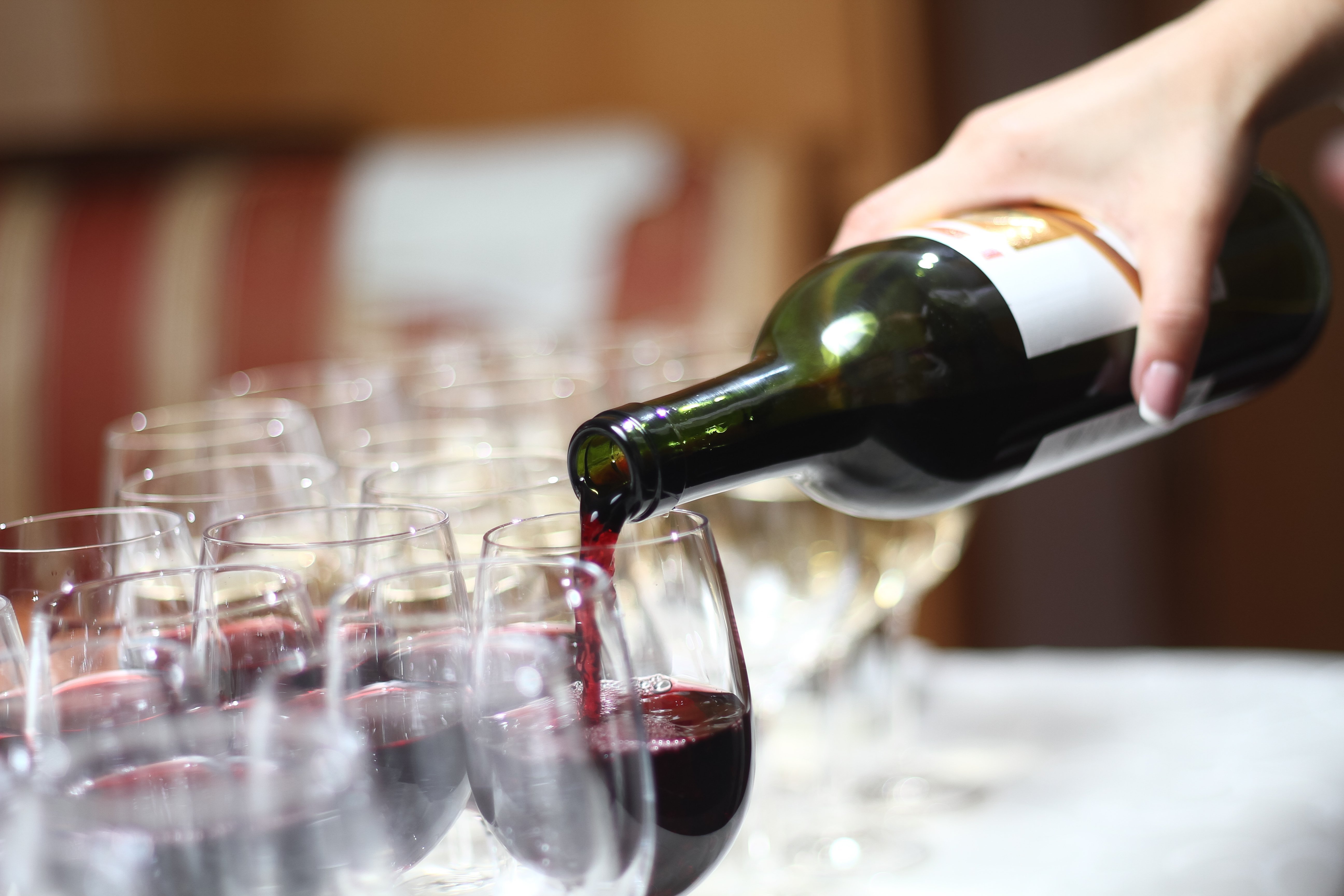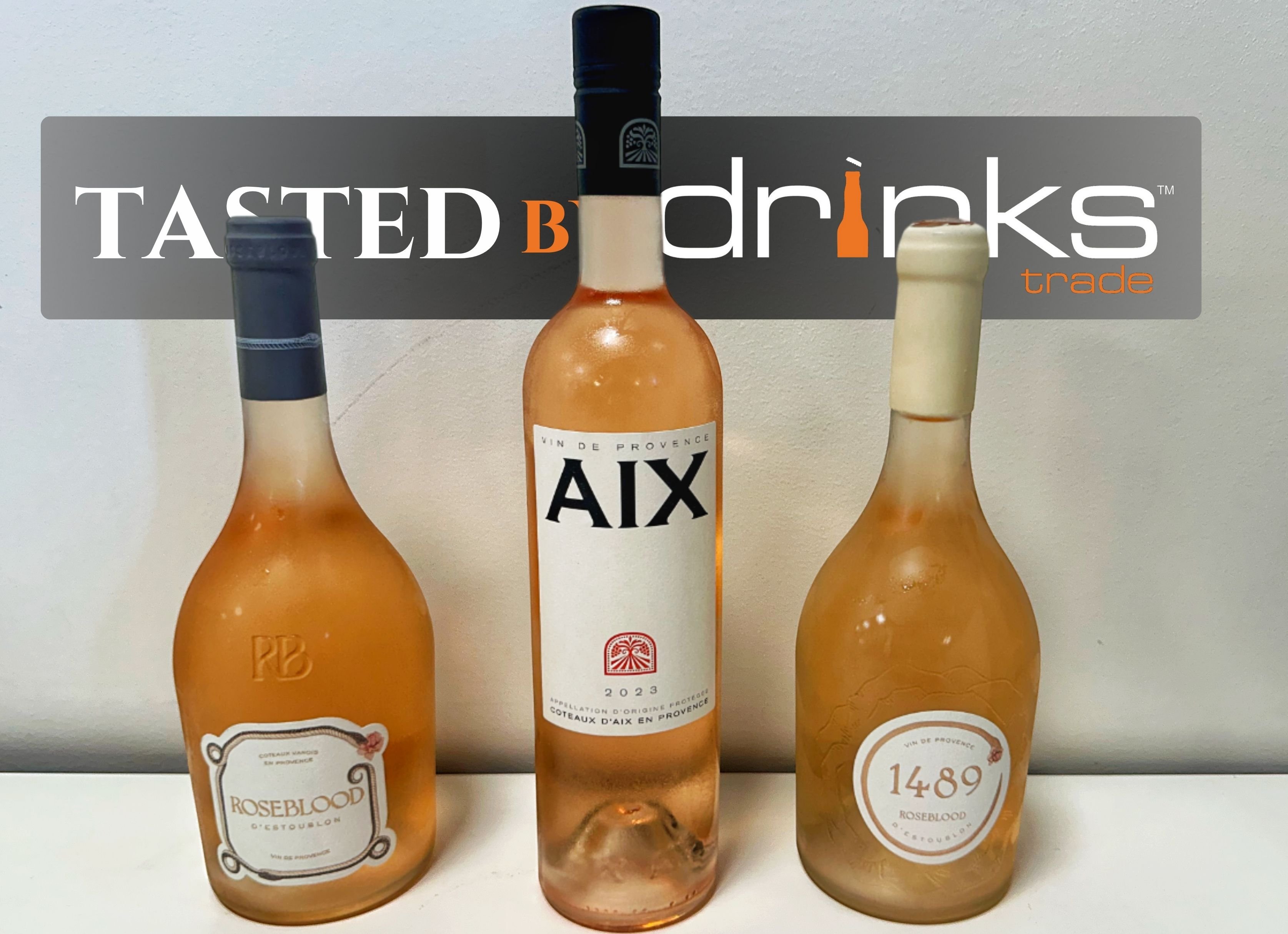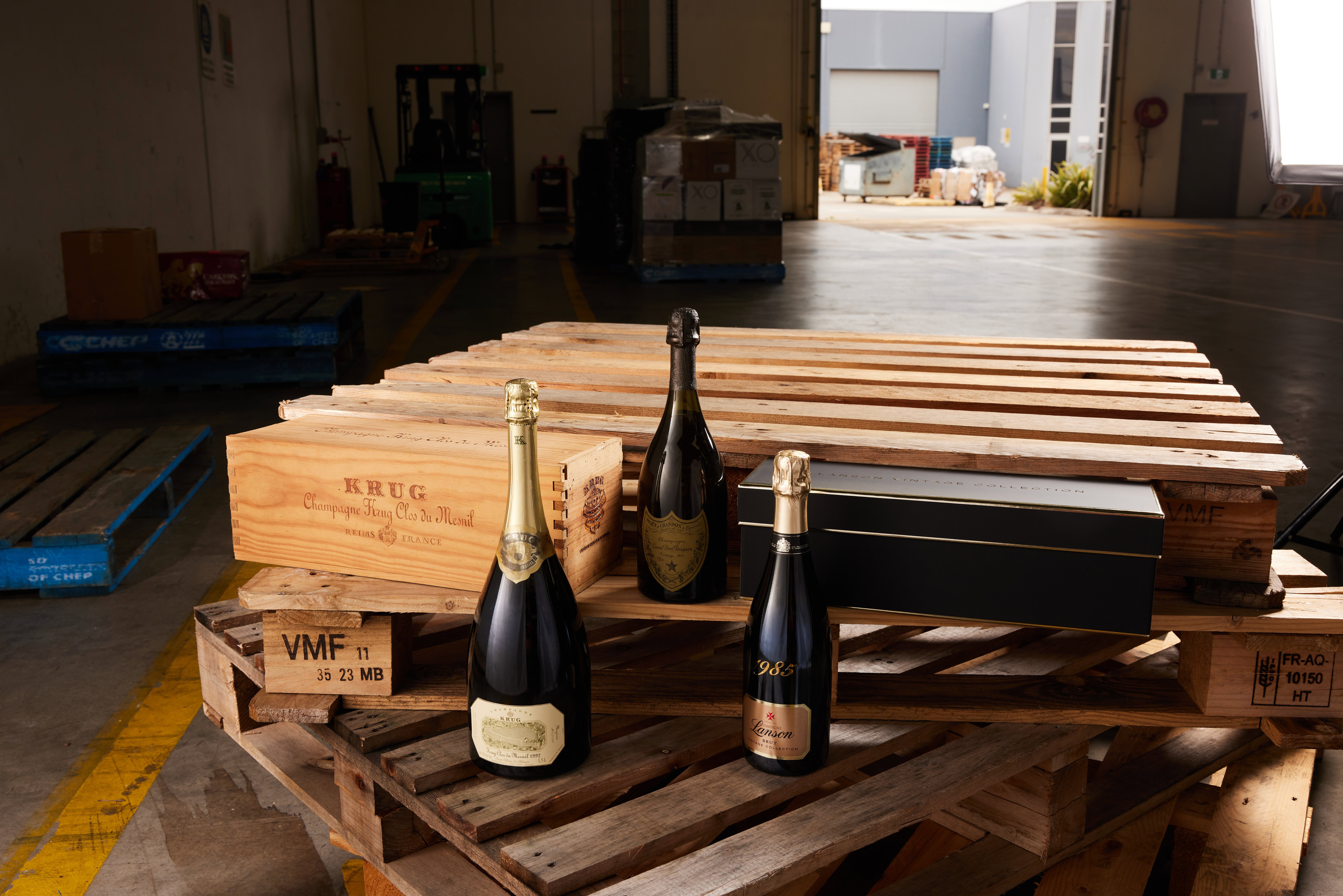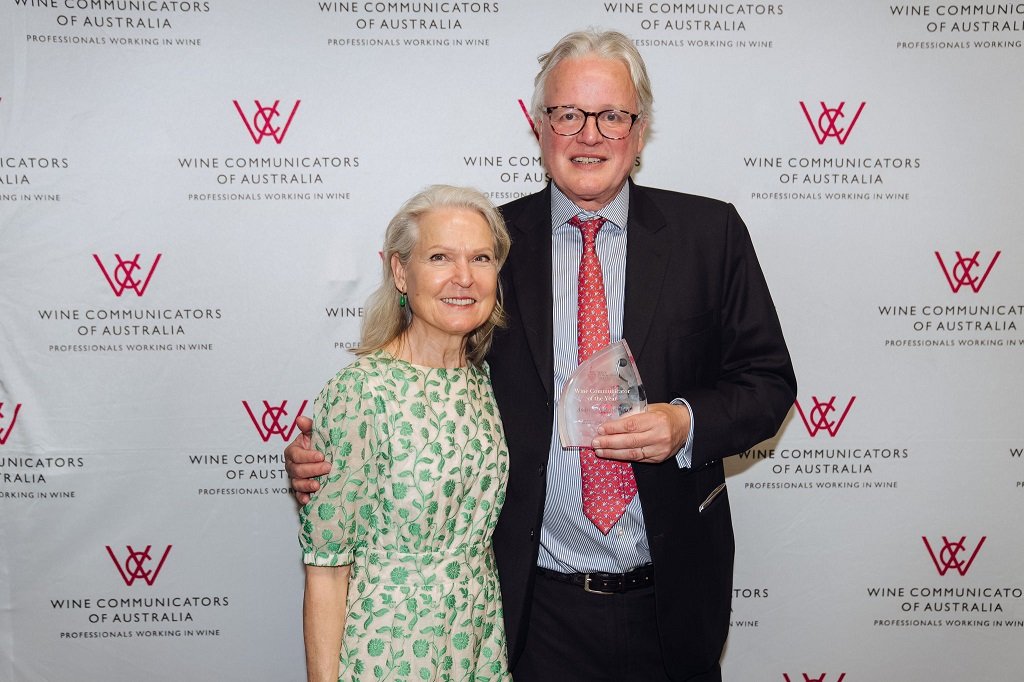Australian Sparkling is predicted to drive value growth of the wine sector over the next five years.
Leading data and analytics company Global Data estimates the Australian wine market will grow from A$11.3 bn in 2019 to A$12.7 bn in 2024 with a compound annual growth rate (CAGR) of 2.4%.
The report reveals the driver for the sector value growth is in the sparkling wine category forecast to achieve the fastest value CAGR at 2.7% followed by still wine and fortified wine at CAGR 2.4% and 1.6% respectively, over the next five years.
IRI Australia, Australian Weighted Market MAT figures to 27/12/20 reveal the sparkling sector has grown +15.4% in value over the last 12 months to 27/12/20 driven by category premiumisation.
At a subcategory level these numbers reflect growth in Champagne (+33% in Retail Sales Value (RSV) vs. Year Annual (YA)), Prosecco (+27.1% in RSV vs. YA) and Sparkling Rosé (+16.5% in RSV vs. YA)
However, it's Australian Sparkling (+7.2% in RSV vs. YA) that makes up 56% of Total Sparkling value sales in Australia, followed by Sparkling from France (36% of Total Sparkling) and Italy (5% of Total Sparkling).
Australian Sparkling growth is driven by Prosecco, Sparkling Rosé, Sparkling White and in particular, Blanc de Blancs.
It is a good indicator that Australian consumers are understanding Australia produces some of the best sparkling wines in the world and are prepared to pay for the privilege.
Sanchi Agarwal, Consumer Analyst at GlobalData, says: “Favourable economic conditions for wine production coupled with the Australian consumers’ willingness to spend more on premium wine products are driving the Australian wine sector."
Australian sparkling wine critic, judge and author, Tyson Stelzer says, “If the first decade of the 2000s marked Australian Chardonnay's moment in the sun, the 2010s have defined the era for the coming of age of Australian sparkling."
"The rise and rise of sparkling wine in Australia has been nothing short of revolutionary," Stelzer says.
In his 2020 Sparkling Wine Report, Stelzer reports a noticeable lift in quality compared to his judgement of Australian sparkling wines a couple of years ago and sings the praises of Tasmania as the hero state for sparkling.
“(Tasmania’s) cuvées have ascended to an all-new level of finesse this year, and the top estates have released the finest cuvées they have ever produced,” Stelzer reports.
Tasmanian sparkling wines brands such as Kreglinger, House of Arras, Stefano Lubiano, Barringwood, Jansz, Josef Chromy, Bellebonne and Clover Hill are making their mark as Australia’s best sparkling wines and are being recognised globally.
Ed Carr, head winemaker of House of Arras, one of Australia’s most awarded sparkling wine brands received the Decanter Sparkling Wine of the Year 2020 for his House of Arras E.J. Carr Late Disgorged 2004 and says the top end of Australian sparkling is on par with the world's finest champagnes and sparkling wines.
“Our philosophy since inception in 1995 has been to create world-class sparkling and the finest sparkling wines can be found right here in Tasmania, which is pretty special. We have been overwhelmed by messages of support and enquiries to our Cellar Door since receiving the Decanter award, plus we also saw a marked increase in sales for House of Arras wines across the portfolio over the Christmas / key selling period.”
Carr confirms the key sales drivers is an increase in the quality of Australian sparkling wine.
“As the sector has matured, producers have gained expertise and established specific house styles, that alongside the development on cold-climate vineyards continues to raise the bar of Australian sparkling wine.”
Global Data also reported that hypermarkets and supermarkets were the leading channel for wine distribution in Australia. Carr says increased support from national retailers on cool-climate Australian sparkling, especially Vintage wines, is promising.
"Retailers and consumers are increasingly recognising Australian Sparkling, and specifically Tasmanian sparkling, as world-class wines that sit up there alongside the likes of Champagne.
“We’re also seeing consumers become more adventurous with new brands and quality styles, as we strive towards offering more choice for the consumer through establishing varying brand styles. As restrictions lifted, our vintage wines have been growing at a faster rate than non-vintage sparkling. It's been excellent to see growth coming from our top-end wines and also our Brute Elite, which is testament to the consumer confidence of Tasmanian sparkling. We also recognise that as the consumer builds confidence in Australian Sparkling they become prepared to pay more for quality,”says Carr.
Marketing and Category Director ANZ for Treasury Wine Estates, Ben Culligan says they have seen a clear uptake in higher price points for Australian sparkling wine. He believes this tells us the consumer is taking more interest and prepared to pay more for quality.
“Australia has always over-indexed in sparkling wine vs other markets around the world. Over the past ten years we’ve really seen the Australian Sparkling category premiumise. The centre of gravity used to be around $10 but it has now elevated into premium and luxury price points which typically lend themselves to more refined winemaking methods and more regionalised offers,” says Culligan.
“The growth in Australian sparkling is happening on a global scale. TWE feels that there are many opportunities to explore especially at the premium end of the market as well as different formats. We’ve also seen growth in sparkling varietals like sparkling rosé, of which in 2020 we launched under Squealing Pig to great success.”
Culligan says the consumer drinking and spending more on sparkling is typically female with an occasion to celebrate.
“Australian consumers have always loved sparkling but what we’ve seen in the past year is that consumers are looking for more (any!) reasons to celebrate. We launched our 19 Crimes Blanc de Blancs late last year and this is already leading its category and delivering +36% RSV growth,” says Culligan.
Share the content
